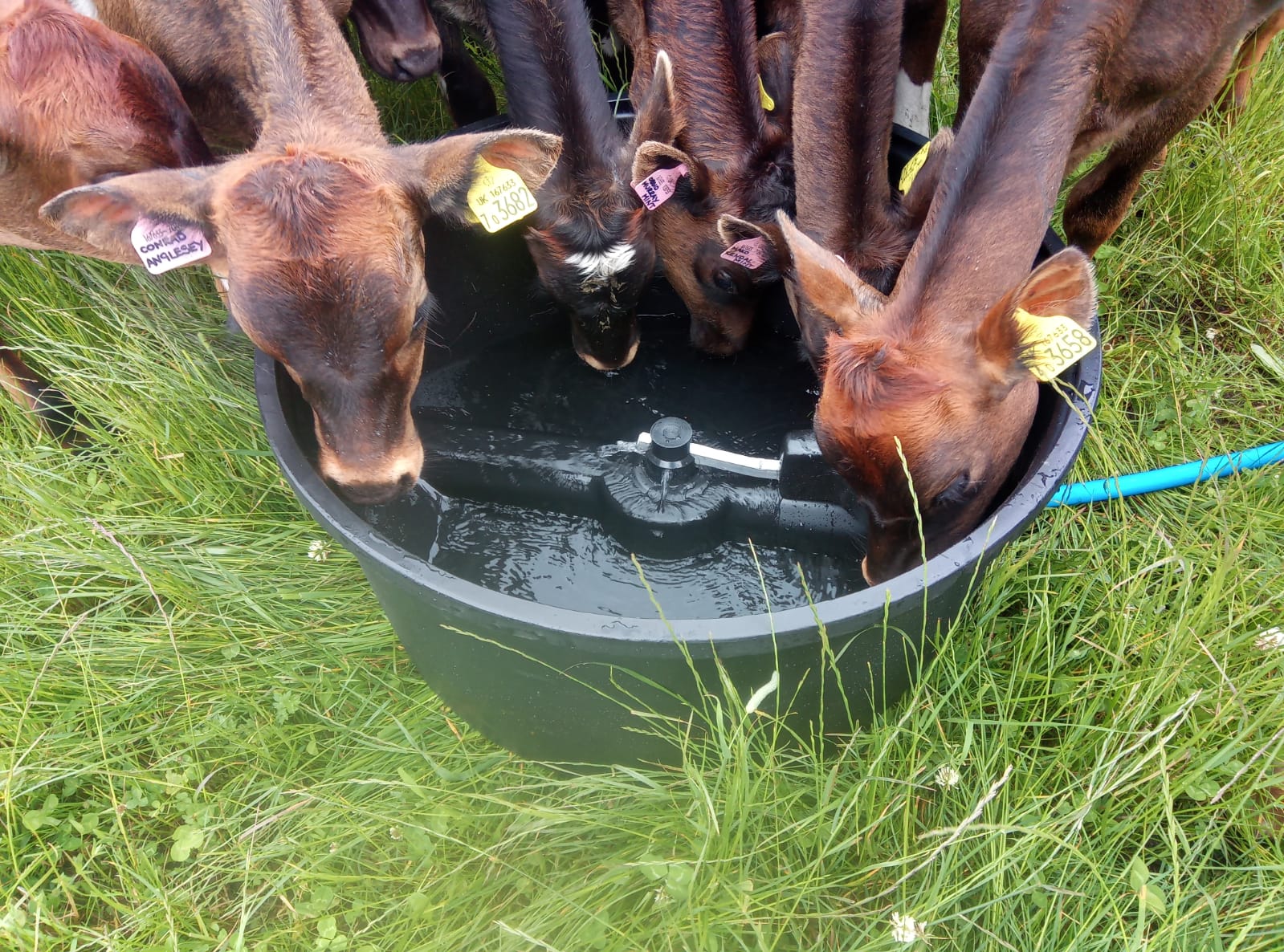CASE STUDY - Heifer grazing is key for Dalton Farm
Friday, 26 July 2019
A combination of dairy breed and management experience means that this year’s crop of heifer calves has picked up the grazing habit easily on the Dalton’s Derbyshire farm. The spring-born replacements are destined for the family’s 500-cow herd, milked once a day.
Irish Friesian and Jersey cross genetics have created an animal that’s quite an aggressive grazer, says Suzie Dalton. “I’m not sure whether we are getting better at doing it, or breeding a better animal; they are a small cow (about 80% Jersey) and these calves will graze. They seem to grow like mushrooms and, apart from vaccinating against blackleg and IBR at six months, we don’t have any health problems,” she says.
For the past three years, weaned calves have been turned out at 10–12 weeks on good grazing land, rising to 1000ft but too far for cows: “We know that we grow more grass of good quality and get better growth rates if we graze paddocks in rotation. Moving water and fences does take time, but we get the benefit in liveweight gain and doing a better job of our heifers.”
Initially, heifers were trained to the hot wire in a shed although, it works just as well in the field – as long as there is enough power on the fence. “We set it halfway up the post, so they can’t go under it, and they don’t go over it because it catches their legs. It’s on a solar-powered system and gives quite a kick. We have also double-fenced a lot of our tracks, as calves were able to get underneath them on their way for TB testing,” she says.
It takes about a week to settle calves into the paddock and fencing system, then they are moved every 24 hours. This year 120 heifers are being run as one group. “We want to do better, so we are back fencing to prevent grazing regrowth and keep calves grazing quality grass,” adds Suzie.
While a plate meter is used to measure, grazing allocation is often by eye with heifers going into leafy, 2,600 kg covers. Water is supplied by portable tanks that tap into the mains and self-fill. Calves are weighed at weaning and TB testing, with any stragglers brought home to graze near the buildings and receive supplement. Winters are spent out on silage and kale and heifers first come inside two weeks pre-calving. Yet there are no problems with cubicle training.
“Heifers get used to walking on our concrete railway sleeper tracks as we move them around the farm. When they do join the herd, they just get on with it. We don’t feed in parlour and they are quite aggressive little grazers straight away, used to walking distances.”


